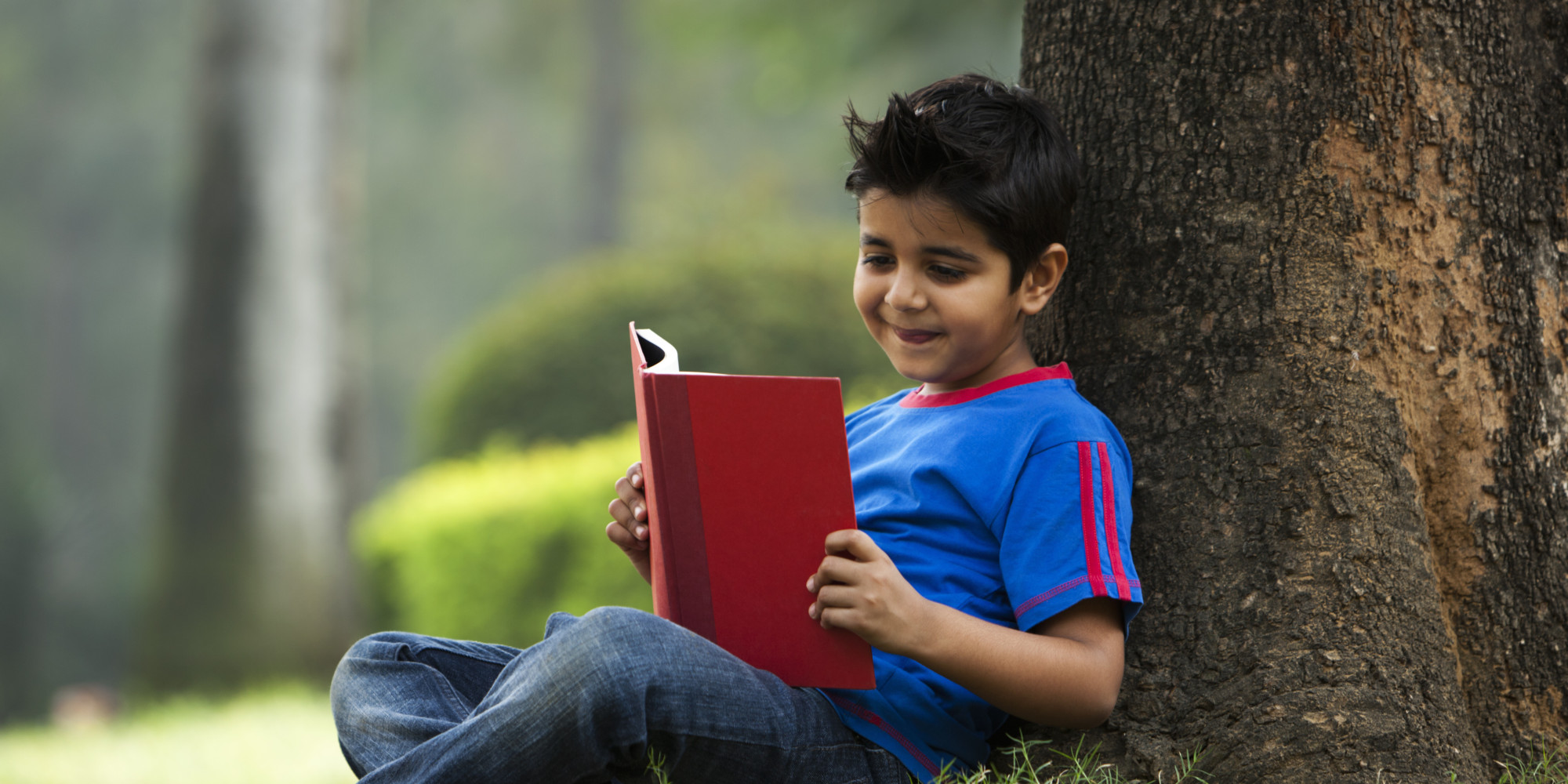Frontlist | Ira Mukhoty: I want to talk about strong women of Nawabi era
Frontlist | Ira Mukhoty: I want to talk about strong women of Nawabi eraon Mar 04, 2021

Author Ira Mukhoty is researching her first book on Awadh. Having penned ‘Heroines: Powerful Indian Women of Myth and History’, ‘Daughters of the Sun: Empresses, Queens and Begums of the Mughal Empire’ and ‘Akbar: The Great Mughal’, the Delhite spent about a week in Lucknow hunting down facts for her book.
Author Ira Mukhoty is researching her first book on Awadh. Having penned ‘Heroines: Powerful Indian Women of Myth and History’, ‘Daughters of the Sun: Empresses, Queens and Begums of the Mughal Empire’ and ‘Akbar: The Great Mughal’, the Delhite spent about a week in Lucknow hunting down facts for her book. Excerpts from the conversation:
What’s the subject of your book?
We have enough written around Wajid Ali Shah and the 1857 Revolt but my focus is on the late 19th Century — period of Shuja-ud-Daula and his son, Asaf-ud-Daula, who shifted his capital from Faizabad to Lucknow. I am looking into the French influence, buildings, art, architecture, Shia culture and women of that period. All these were happening in the face of English incursion as they had put a resident in Awadh for the first time, in the period of Asaf-ud-Daula.
I want to look into how the British were trying to weaken the supremacy of the Nawabs with an indigenous point of view and how the nawabs were coping with this foreign presence. Shuja-ud-Daula had a French battalion under him and later during the period of Asaf-ud-Daula, Claude Martin (a French, working for East India Company) forced him to get rid of French soldiers from his army. I want to look into those complex situations.
Women have been an integral part of your books!
Yes! I want to look into the influences of begums. Like, Sadr-ruh-Nissa (Nawab Begum), Unmat-uz-Zohra (Bahu Begum) and Rani Kunwar. Till this period, Faizabad was still culturally rich and a lot of things were concentrated there. I saw there is still a lot of heritage left there which is worth preserving.
How are you collecting details from that era?
British were very methodical in keeping records which are available. The wealth of Nawabs was attracting travellers as many merchants, adventurers and military people were visiting here so their biographies are there: like Antoine Polier and Jean Baptiste Gentil. Besides the living structures, we have some amazing paintings and oral history in the form of dastangoi and kissey. Then it’s about putting the sources together to get a cohesive idea about the life and times of that period.
A scientist writing about history! How did this happen?
I am a scientist and was working abroad. I left the job to raise my daughters. To tell them stories, I was searching for Indian female role models. The ones there were like those of goddesses, so I thought about looking at women in mythology and history and seeing how they were originally, and have changed over the centuries. The training I have done in science I used with the same rigour in history — finding about sources, research, doing peer review, credible search and analysis. Nothing goes waste!
Your forthcoming book is again on women?
My earlier two books were about women in history. Then I wrote on Akbar but it too had a lot about the women in that period of time. For me, I want to bring women in every historical field I am talking about. Unfortunately, in history, women have not been given their due. I want to bring them into the mainstream. My upcoming book ‘Song of Draupadi’ is a fiction around Mahabharat from the point of view of 10 women of that period. The book of Awadh will come after that.
Read More: Jamia Millia Islamia made special arrangements for Atmanirbhar Bharat webinar
Source: Hindustan Times
Author
Author Ira Mukhoty
Authors
Bestseller
Book
book news
Covid-19
first book Awadh
Frontlist Book News
Frontlist Education
Frontlist India news
Frontlist Latest news
Frontlist News
Ira Mukhoty
Powerful Indian Women



.jpg)






.jpg)

.jpg)
.jpg)
.jpg)
.jpg)
.jpg)
.jpg)










Sorry! No comment found for this post.